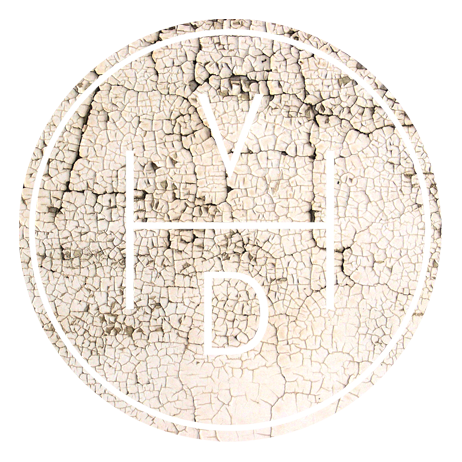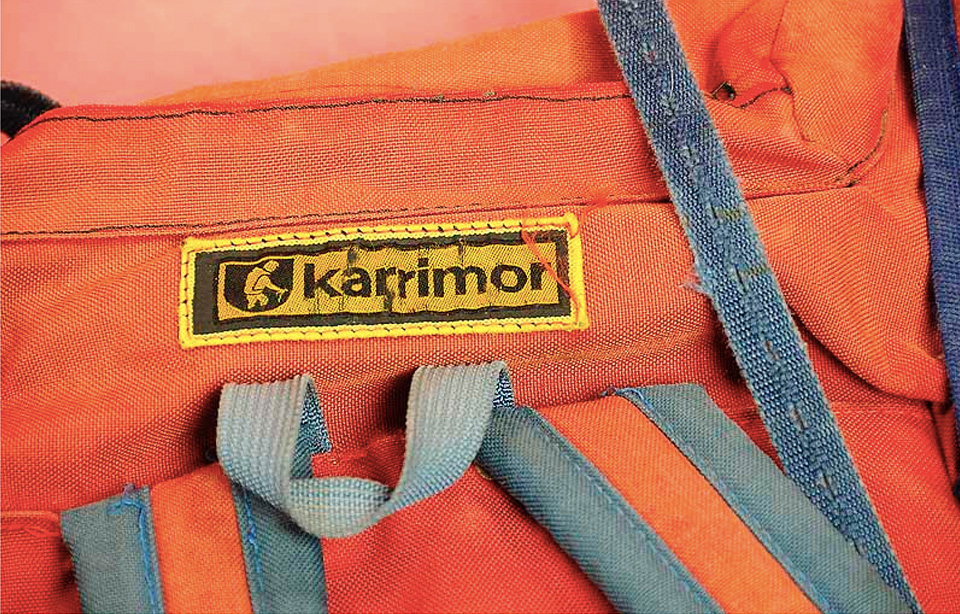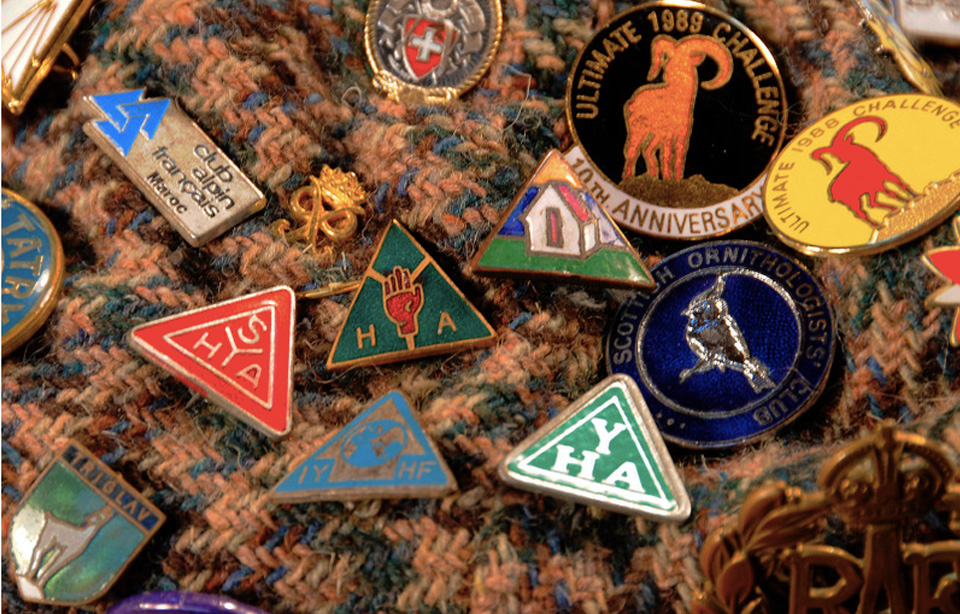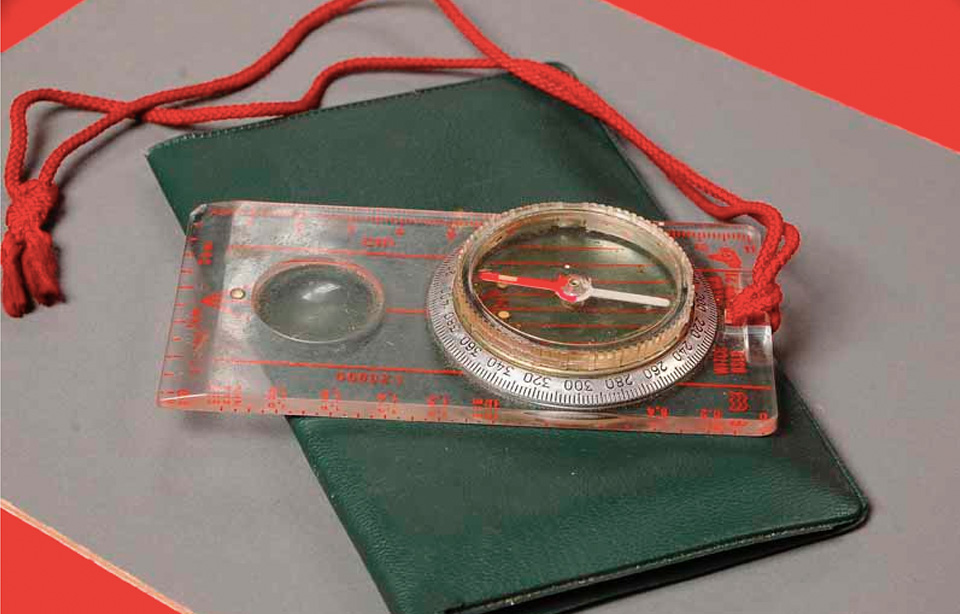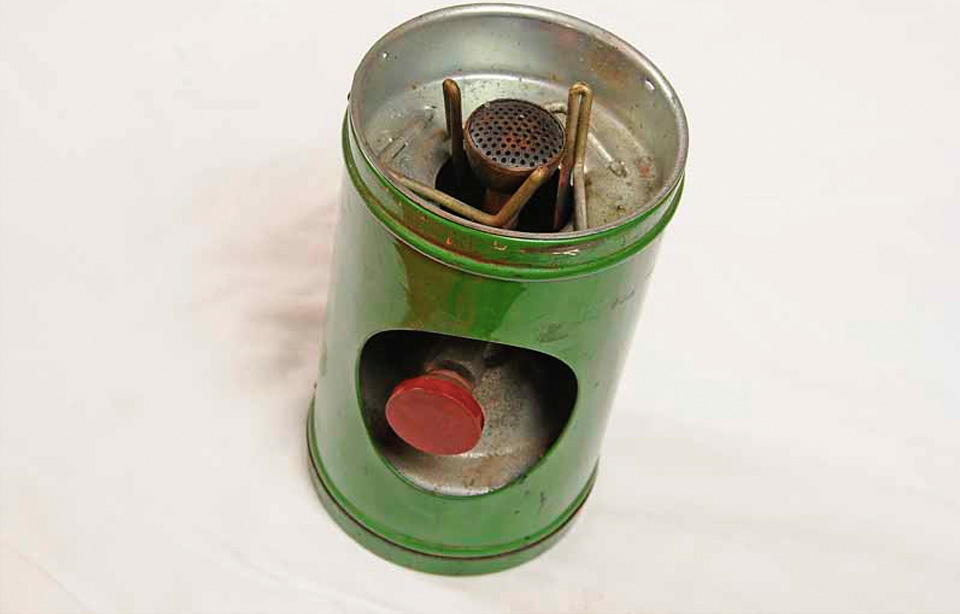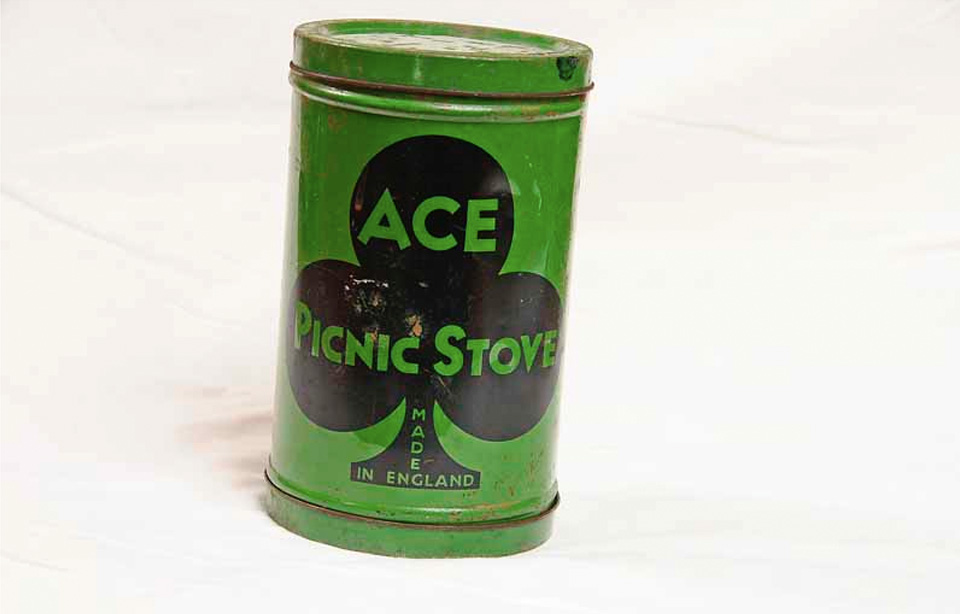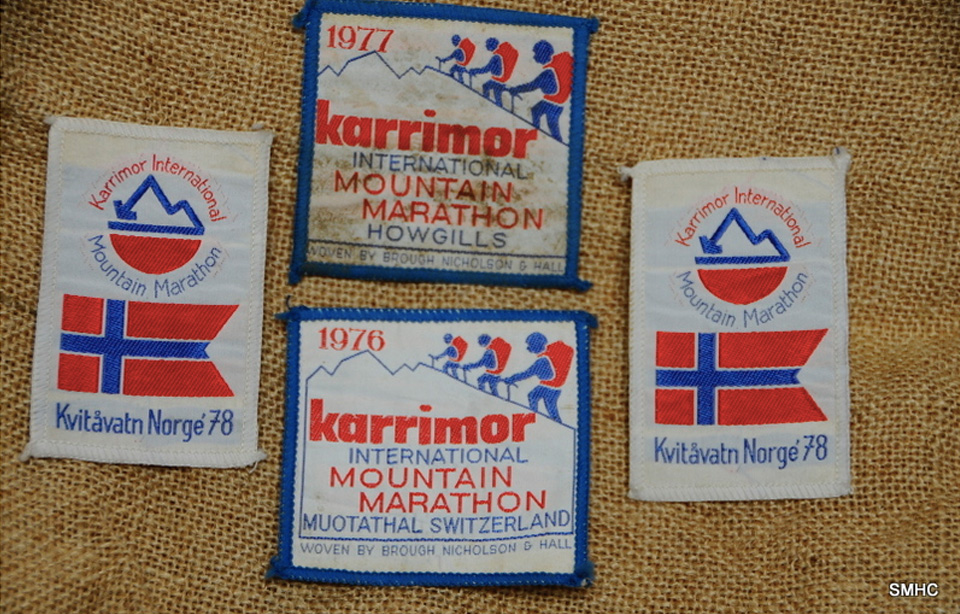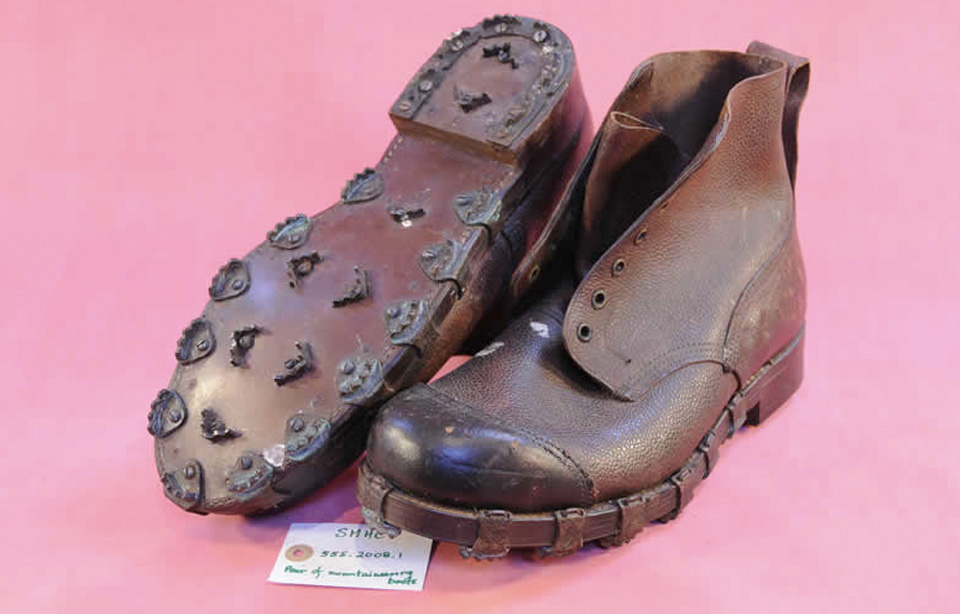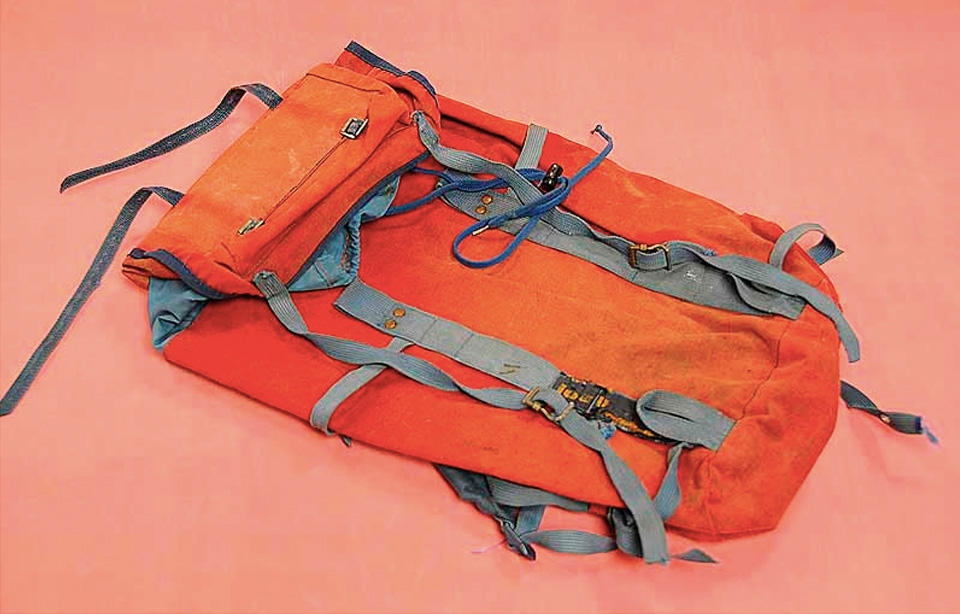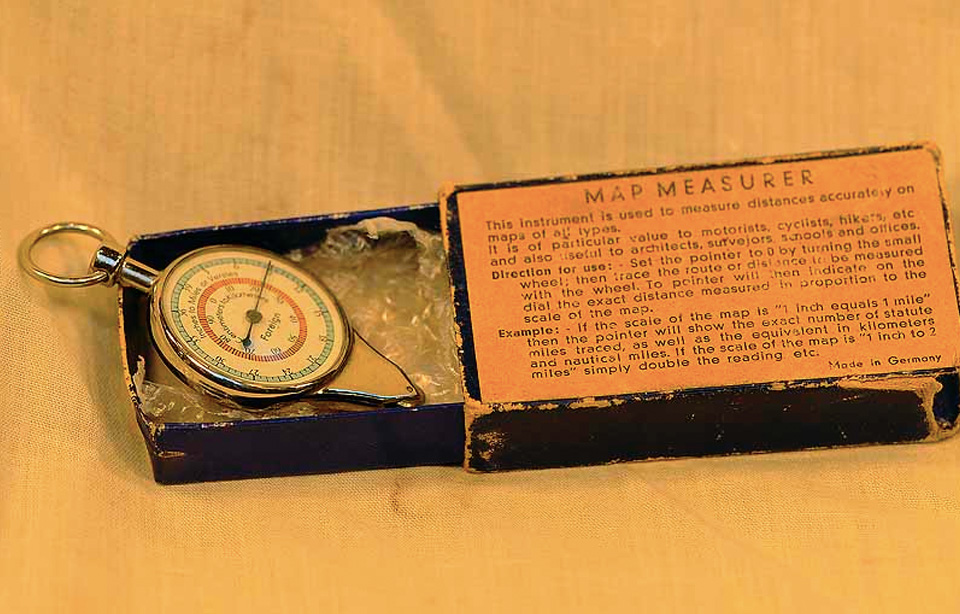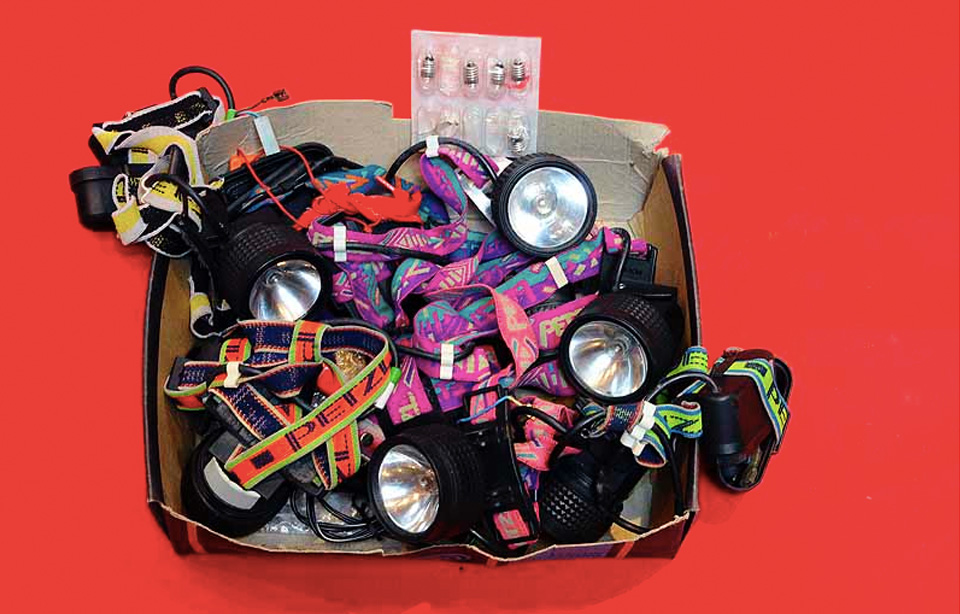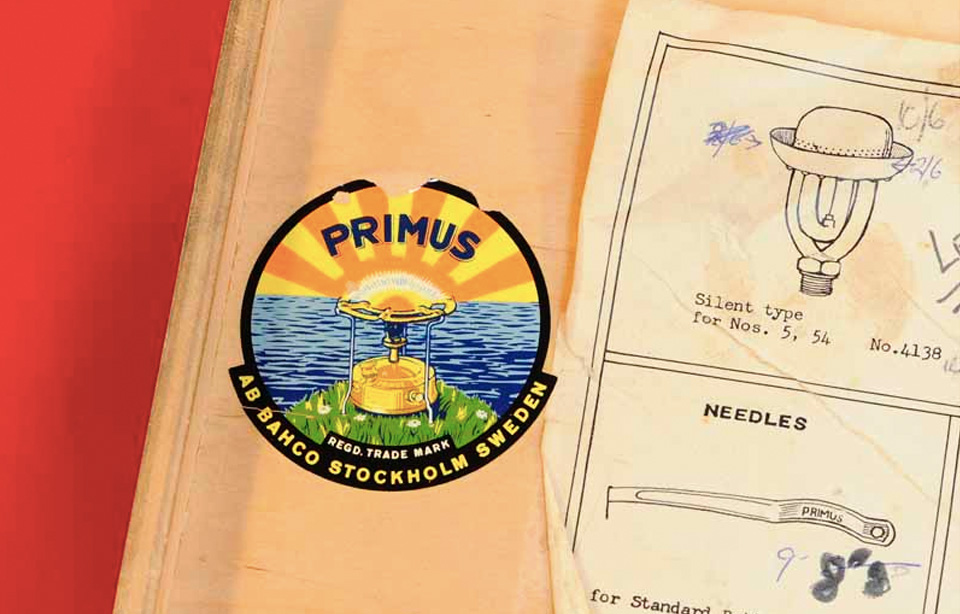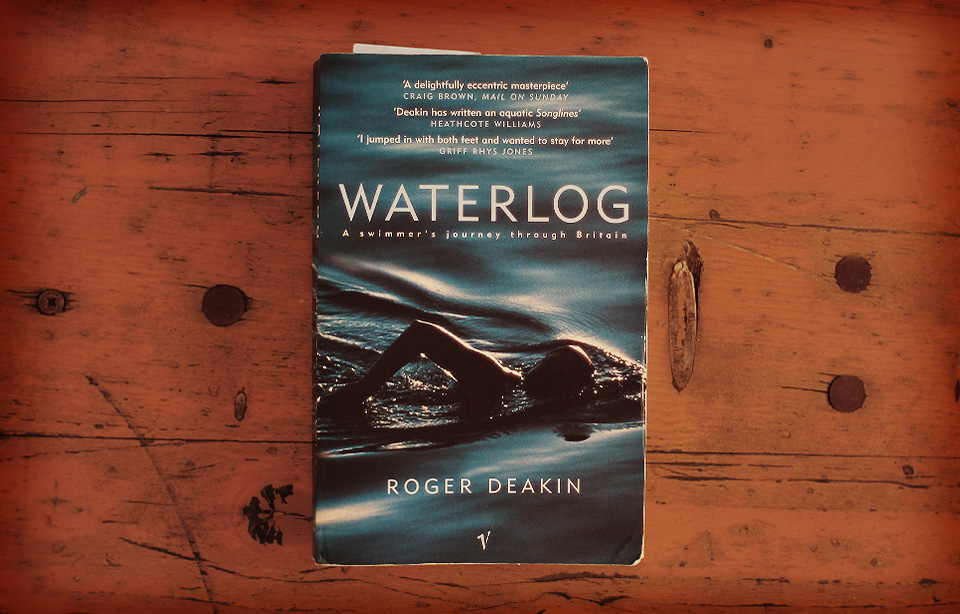Robert J. Kelsey - 1974
A quick tip by Robert J. Kelsey from his wonderful book "Walking in the Wild - The Complete Guide to Hiking and Backpacking". This might be controversial to some, in fact many ultralight hikers argue to the nth degree about the finer points of Esbit and Hexamin vs alcohol to avoid just this, but this old tip is interesting and worth some further investigation.
Tip #10 – The Pot Black
“Whatever cooking ware you choose, prepare it properly for cooking. That means blacken the exterior! I will brook no argument on this point from spotless-pan paranoids. A pot blackened with good hardwood soot, which is shiny black and sticks to the pan, distributes heat more evenly and does a better cooking job.
Never scour the outside of such a treasure. Simply wipe off any loose soot and spilled food with a damp paper towel. Put each kettle in its own plastic bag and nest them, then put the whole collection into a master cloth bag.”
